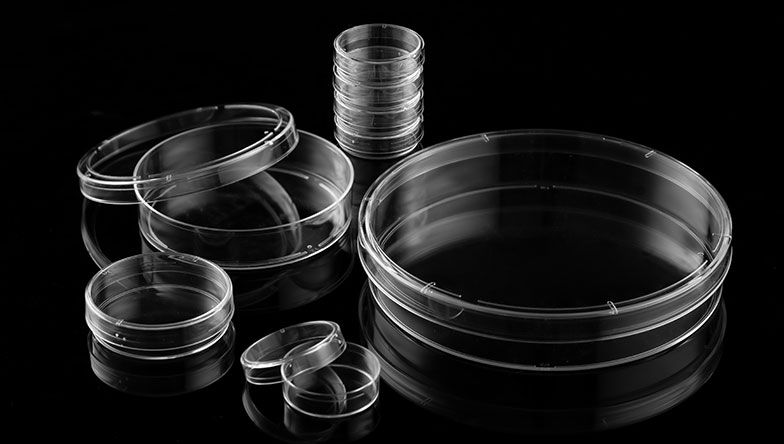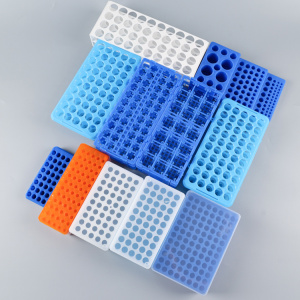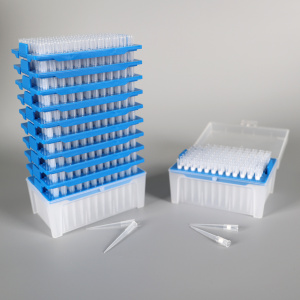The Importance and Ideal Practice of TC Handling Cell Culture Dishes
TC handling of cell culture dishes is a very important step to ensure accurate, reliable and reproducible results during cell culture. This article will describe the purpose, methodology, and best practices of TC manipulation and discuss its importance for cell culture research.
1. Purpose of TC processing
TC treatment (also known as tissue culture treatment) is a special treatment of cell culture dishes to improve their surface wettability, prevent poor cell adhesion or excessive diffusion, thereby increasing the uniformity of cell attachment. TC treatment can make cells attach better to the bottom of the culture dish, and can promote cell growth and division, while also reducing the risk of cell death due to poor adhesion.
2. TC processing method
There are various methods for TC treatment, including physical and chemical methods. Among them, the physical method is to reduce the surface tension of the culture dish through a surface tension reducing agent to promote cell attachment; the chemical method is to use materials such as siloxane to coat the surface of the culture dish to improve surface wettability.
3. Ideal practice for TC processing
When performing TC treatment, the following points should be noted:
3.1 Cleaning: Before subjecting the Petri dish to TC treatment, it must be ensured that its surface is clean, sterile and dry. This can be achieved by using an organic solvent (such as ethanol or methanol) and a UV lamp.
3.2 Time: TC processing time should be accurately controlled. Different culture dish materials and types of treatments may require different treatment times. Therefore, before performing TC treatment, you should refer to the instructions or literature provided by the supplier, and make appropriate adjustments according to the experimental needs.
3.3 Quality control: The effect of TC treatment will affect the subsequent cell culture results. In order to ensure that each batch of Petri dishes can get a consistent TC treatment effect, repeatability testing and quality control can be performed to ensure the consistency of surface wettability of each batch of Petri dishes.
4. The importance of TC treatment for cell culture research
TC treatment not only improved the uniformity of cell attachment and growth rate, but also reduced cell death and promoted cell division. These advantages can play an important role in many cell culture experiments, such as cell proliferation, drug screening, and cytotoxicity testing, etc.




